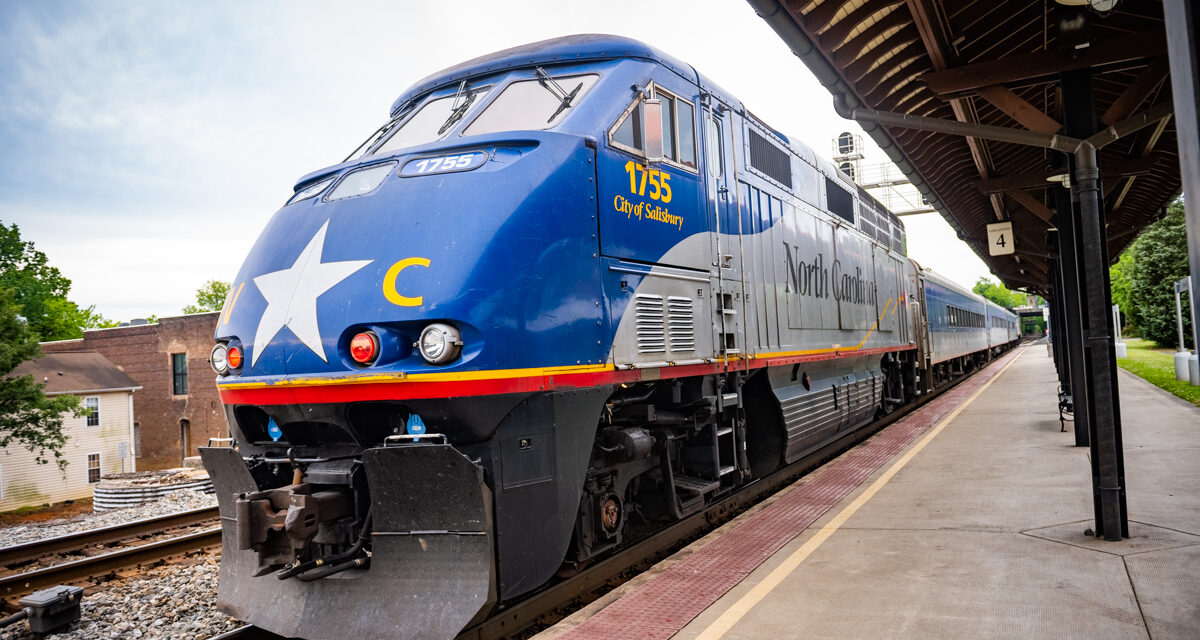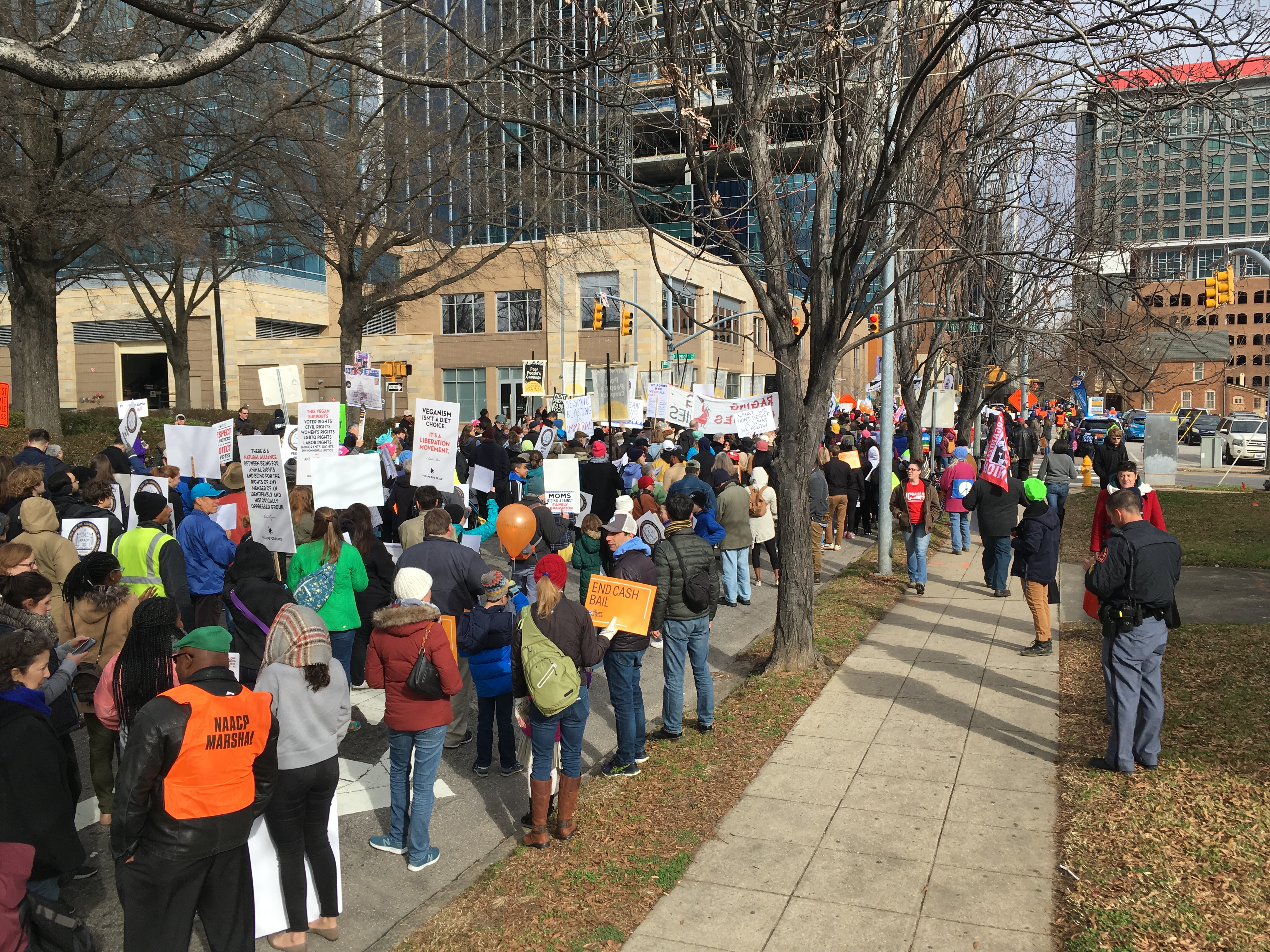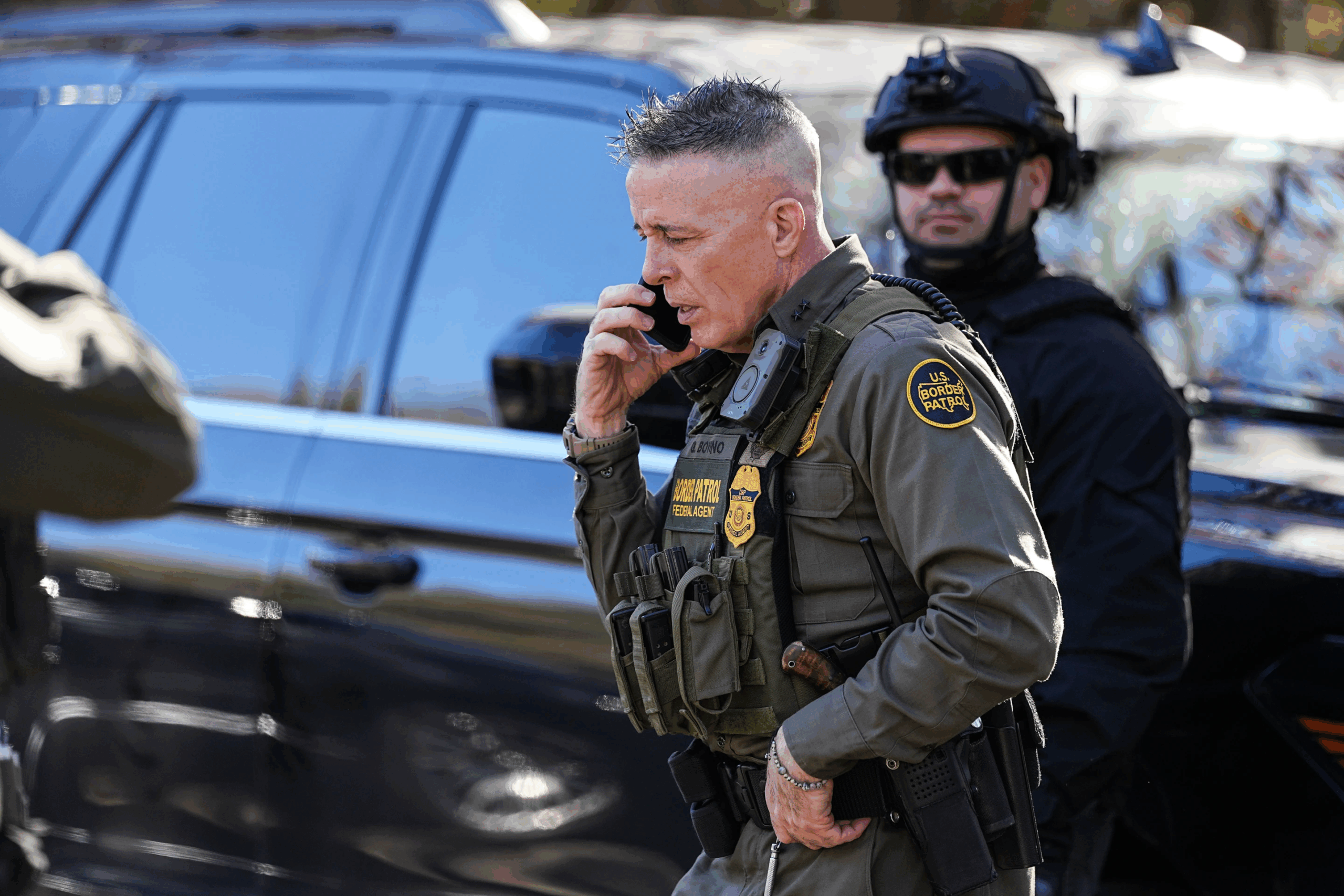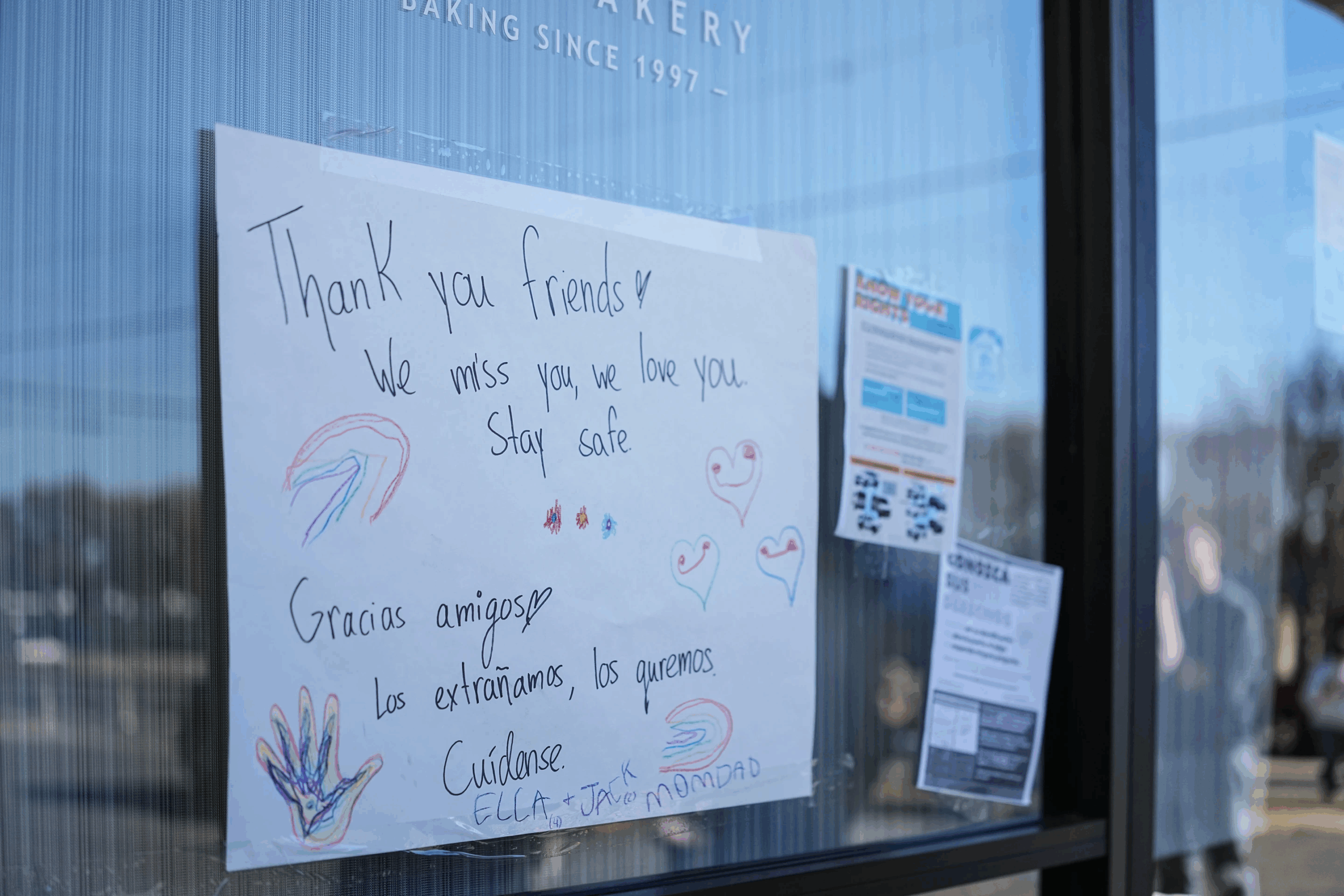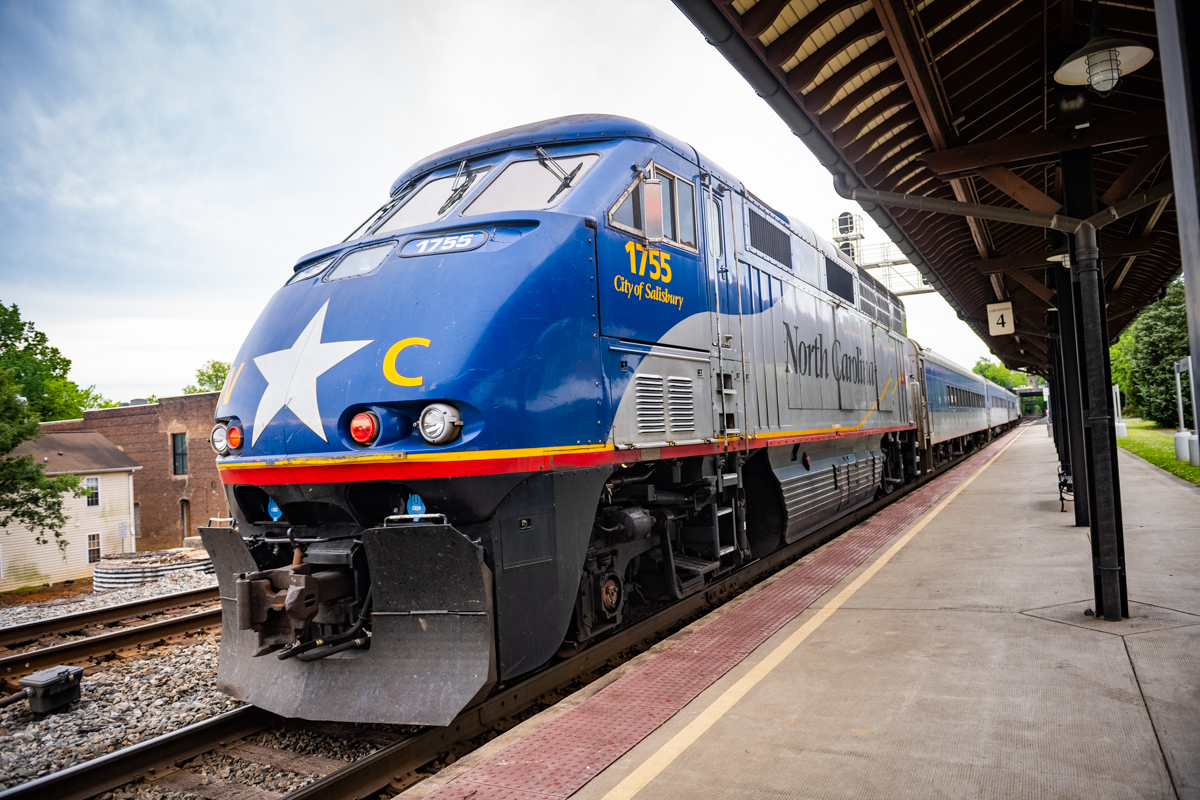On the morning of December 8, U.S. Congresswoman Valerie Foushee stood on a stage at Raleigh’s Amtrak station with several other elected officials.
She, as well as North Carolina Governor Roy Cooper, U.S. Transportation Secretary Pete Buttigieg and others detailed a federal grant dedicated to a new high-performance rail line between Raleigh and Richmond. The allocated $1.09 billion will support construction of the first segment of the passenger S-line route, which will re-establish tracks on a freight route that used to run between the North Carolina and Virginia capital cities. U.S. Senator Thom Tillis first announced the grant a few days prior.
Foushee, who represents Orange and Durham counties in North Carolina’s fourth congressional district, serves on the House Committee on Transportation and Infrastructure and served as an advocate for the state to receive such grant funding. She said with the state growing at the third-fastest rate in the country, projects like the S-line are key to easing current – and future – transit burdens.
“This route has been a long time coming, and is a historic investment which will bolster North Carolina’s transportation infrastructure,” Foushee said. “Our local infrastructure is struggling to keep up with the demands that come with the rapid growth within our area, and I am confident that this passenger rail will help further transportation expansion throughout the state while supporting local families and businesses that rely on passenger rail day in and day out.”
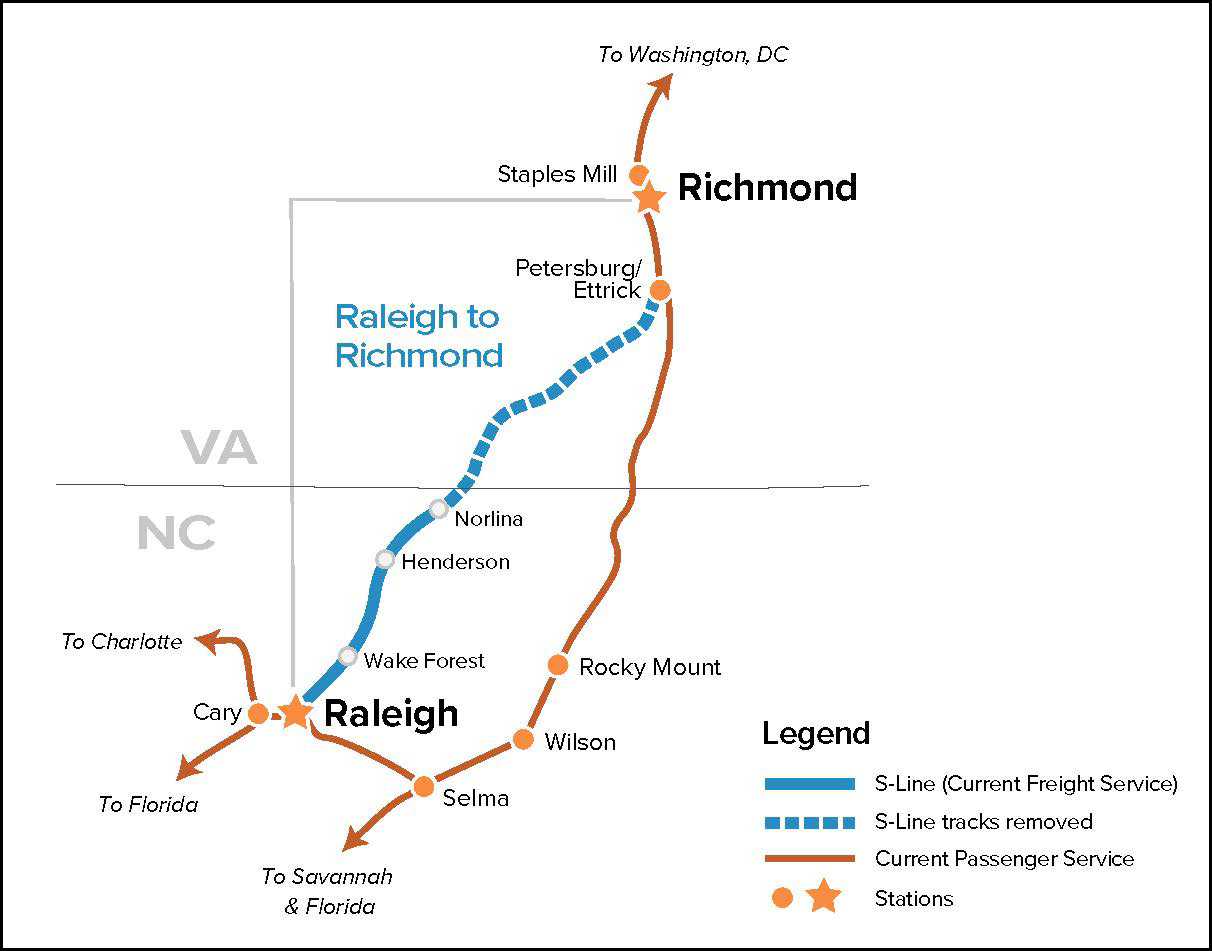
A project map for the Raleigh to Richmond passenger rail service along the S-line route. (Photo via the North Carolina Department of Transportation.)
The grant is the largest awarded in the history of the North Carolina Department of Transportation – and comes as the state is seeing a noticeable uptick in passenger rail ridership. The department reported toward the end of 2023 that it was on-track for the highest ridership numbers in NC by Train’s history, and October 2023 marked the highest monthly ridership on record.
Matthew Palm, who is an assistant professor in UNC’s city and regional planning department, agrees with the elected officials that the project and grant will be critical to boosting passenger rail. Palm also pointed to $3.5 million awarded in planning grants to further expand North Carolina’s normal passenger rail to cities not yet served – like Asheville, Winston-Salem and Wilmington – as another encouraging sign.
“With all these people coming,” he said in an interview with 97.9 The Hill, “there’s going to be a higher demand for that inner-city travel for business, for work but also for recreational and leisure activities. If all those people just end up going out onto our highways, our system is going to be clogged and that’s not going to be good for the economy [or] the quality of life. So, we kind of need an all-of-the-above approach, where we’re really investing in these other modes like rail.”
Palm’s research at UNC looks at how transportation planning affects populations and how improving transit access can also improve individuals’ lives and regions’ economies. He said a common trend in areas with abundant passenger rail is economic boost once that transit provides a faster option for people to travel, establish partnerships, and conduct business together.
“You also see potential for more efficiency in housing markets,” Palm added, “because now you’re opening up new areas for people to live because their commute times can be a lot shorter in between cities.”
The Raleigh-to-Richmond rail line, though, is a very long-term project. Such high-speed rail options do not exist right now in the United States, with the Amtrak Acela train in the northeast and the Brightline in Florida as the two closest comparisons. Palm said because this will be a relatively new form of transit for the U.S., people should pump the brakes on thinking this rail line will be operational soon.
“I’m afraid that we need to expect that there will be some unanticipated problems and it may not come as quickly as we hope,” he said. “That’s unfortunately the nature of big projects – particularly in a country that’s doing something new. China has been building high-speed rail for decades now, they’ve kind of figured it out. For us, this is kind of a newer thing, so we’re probably going to make some mistakes along the way.”
But, Palm added, North Carolina earning the federal grant and seeing renewed interest in passenger rail is a stop in the right direction for building out a more extensive, connected network in the future.
“We’re just getting started,” he said. “We have the right mix of a growing population, a need, and political will from both sides of the aisle, which is very exciting.”
Editor’s Note: An earlier version of this story had the incorrect grant amount in its headline. That has since been updated to $1.09 billion.
Photo via the North Carolina Department of Transportation.
Chapelboro.com does not charge subscription fees, and you can directly support our efforts in local journalism here. Want more of what you see on Chapelboro? Let us bring free local news and community information to you by signing up for our biweekly newsletter.

